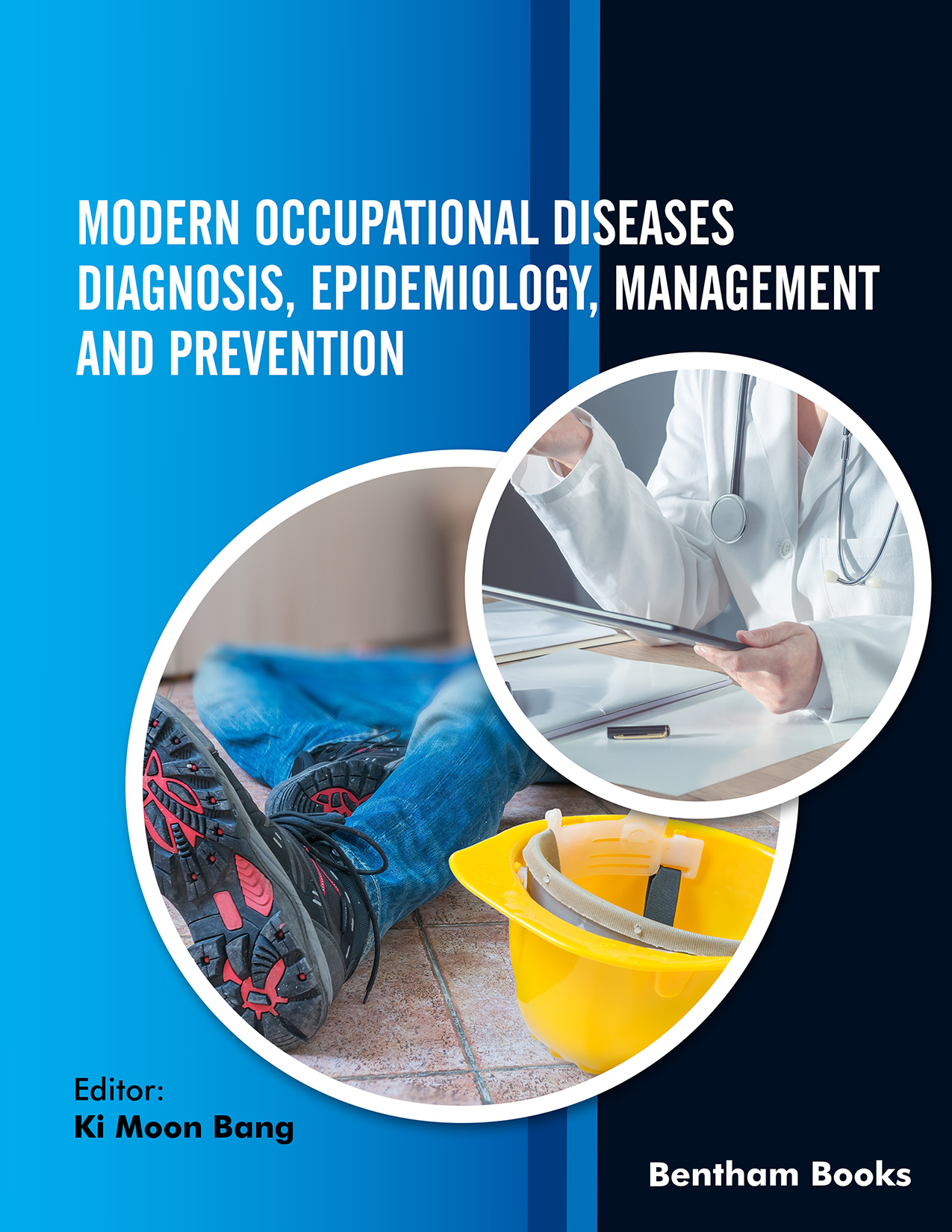Introduction
Occupational disease is an important public health problem of the 21st century. Occupational disease still accounts for many preventable illnesses and injuries in the workplace. It is important to incorporate modern knowledge of disease epidemiology and cutting-edge diagnostic methods and treatment with the most recent developments in the management and prevention methods to better control work-related diseases and injuries. This book covers a selection of the common occupational diseases and injuries. It offers accurate, current information on the history, causes, diagnosis, management and prevention of several occupational diseases.
Key features:
- 14 chapters contributed by more than 30 experts in occupational and preventive medicine
- Comprehensive treatment of the history, causes, diagnosis, management and prevention of many important occupational diseases (including asbestosis, silicosis, work-related asthma, occupational cancer, mesothelioma, arsenic, and other diseases)
- Each chapter highlights the latest research findings and cutting-edge technologies
- References for further reading
Modern Occupational Diseases: Diagnosis, Epidemiology, Management and Prevention serves as a useful guide for all readers interested in occupational diseases. The suggested readership includes trainees in occupational medicine, general practitioners, medical students, graduate students in public health programs, occupational health nurses, and professionals involved in occupational health and safety roles at public and private levels.
Audience: Occupational medicine specialists, general practitioners, medical students, graduate students in public health, occupational health nurses, or colleagues and professionals in occupational health and safety; managers at companies and government agencies responsible for the working environment of industries.

